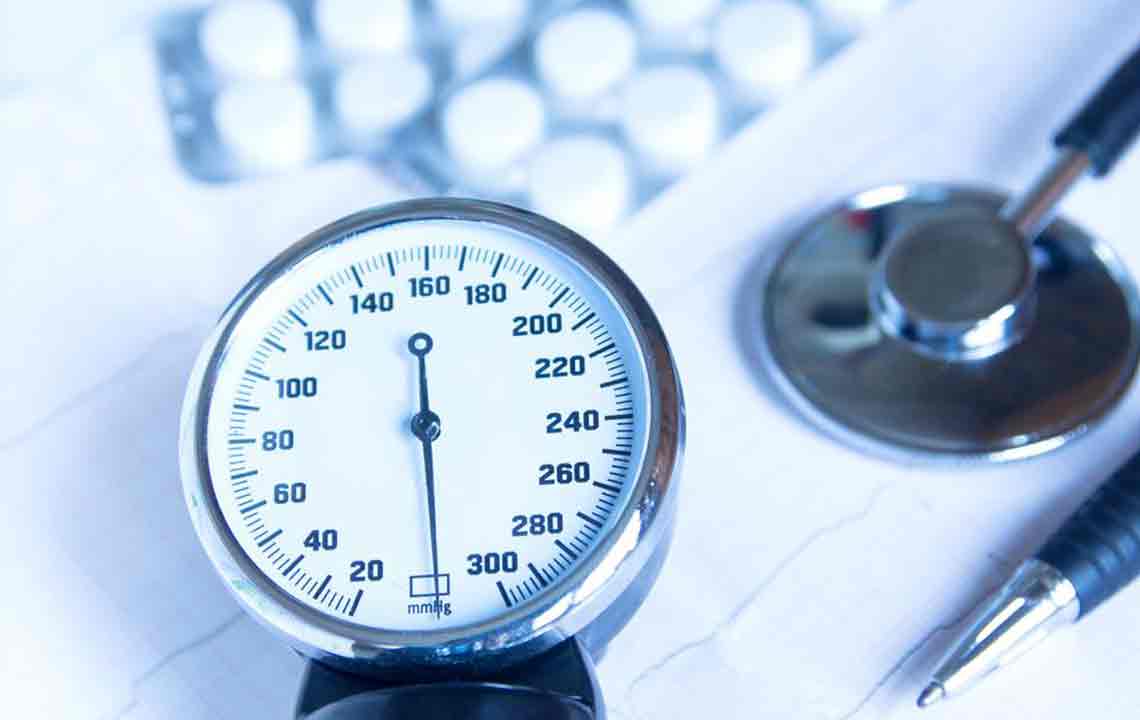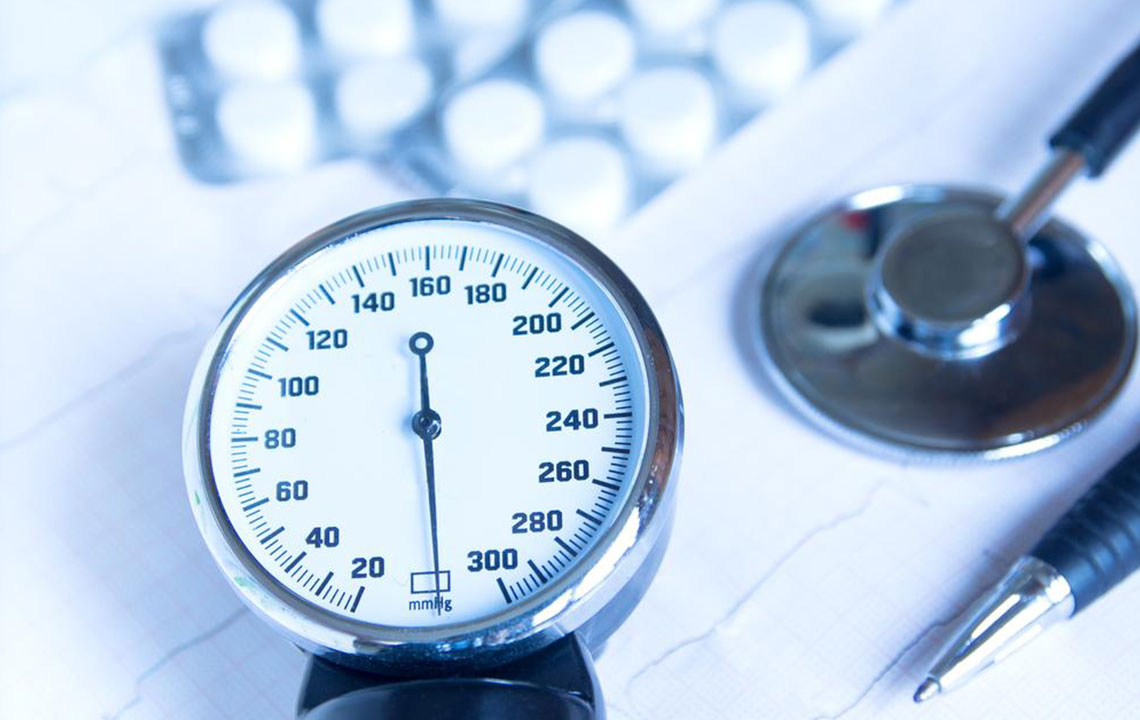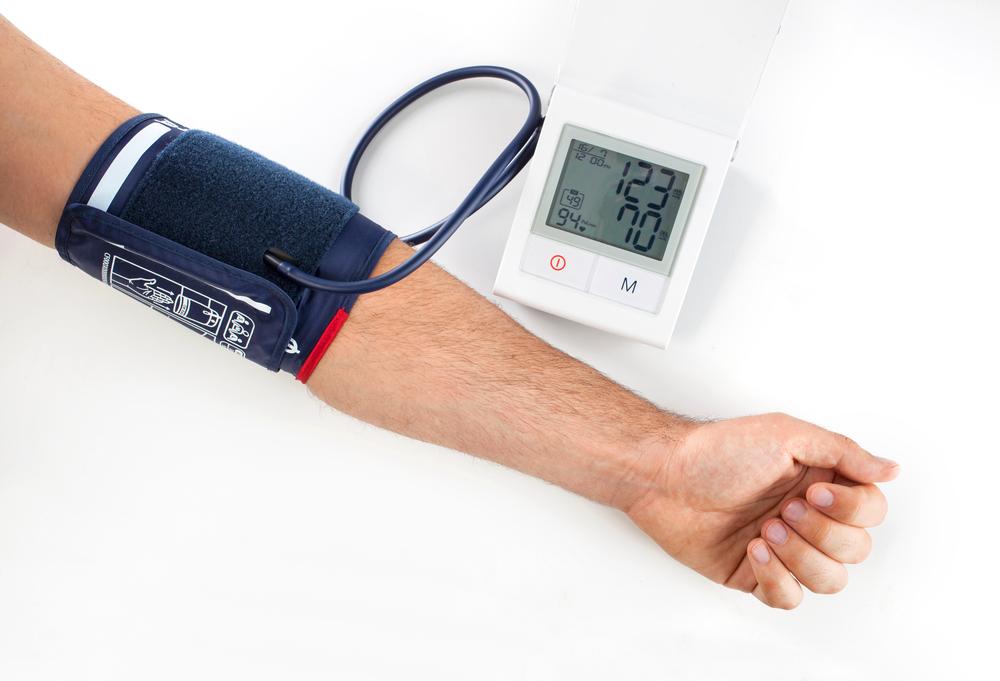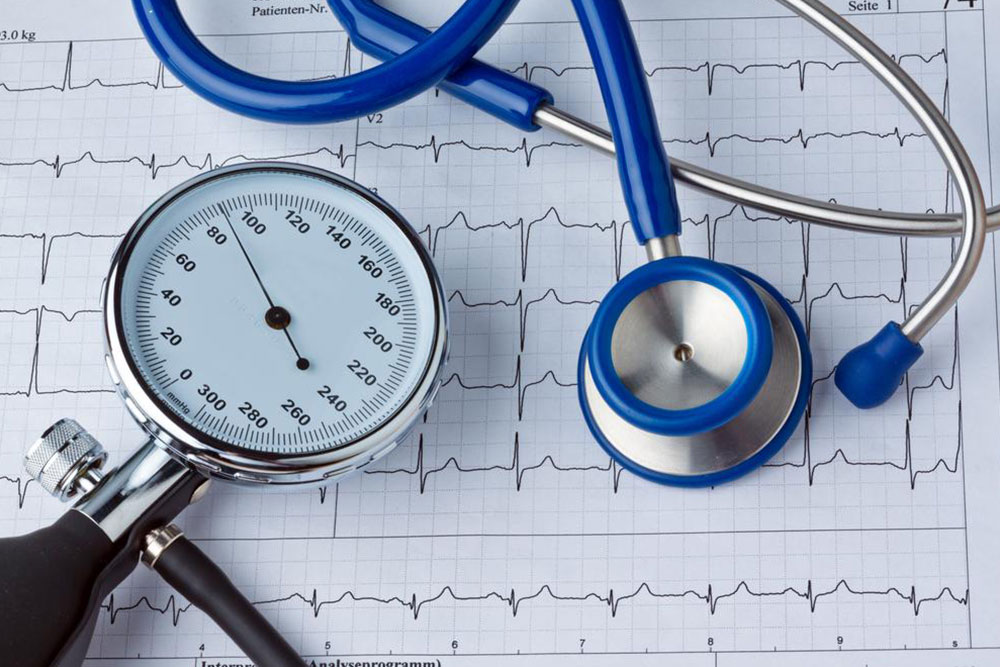A Comprehensive Guide to Reading and Understanding Blood Pressure Readings
Learn how to accurately interpret blood pressure readings and understand their significance in cardiovascular health. This guide explains blood pressure stages, measurement techniques, and the importance of regular monitoring to prevent serious health issues. Practical tips enable individuals to track their blood pressure effectively and recognize when to seek medical help, emphasizing the importance of early detection and lifestyle adjustments for maintaining optimal health.

Understanding and Analyzing Blood Pressure Measurements
Keeping blood pressure within a healthy range is vital for overall well-being.
Blood pressure indicates the force of blood against artery walls as it circulates. It’s recorded with two figures: systolic and diastolic pressures.
The heart's main role is to pump blood throughout the body. During this process, the force generated creates the systolic pressure, which reflects the pressure when the heart contracts.
Typically, a systolic pressure below 120 mm Hg is considered normal.
The diastolic pressure measures the force in the arteries when the heart relaxes between beats, allowing it to refill with blood and oxygen.
A healthy diastolic reading is under 80 mm Hg.
Systolic pressure is often prioritized as it significantly impacts cardiovascular risk in individuals over 50. However, both systolic and diastolic values must stay within normal limits for an accurate diagnosis.
Minor fluctuations might not show obvious symptoms, making regular monitoring essential.
It’s important to regularly check blood pressure to catch issues early. As people age, systolic pressure can rise due to arterial stiffening, plaque buildup, and increased risk of heart and vascular conditions.
Blood Pressure Charts:
Because blood pressure varies with age and gender, specific charts offer tailored reference ranges. Readings are given in mm Hg, representing millimeters of mercury.
Take multiple measurements, about one minute apart, for an accurate picture. Stress, caffeine, smoking, and exercise can influence readings, so avoid these for at least 30 minutes before testing.
Blood Pressure Categories:
Prehypertension (early high blood pressure): Blood pressure consistently between 120-139/80-89 mm Hg indicates prehypertension, a warning sign to implement lifestyle changes to prevent progression.
Stage 1 Hypertension: At this stage, lifestyle modifications and possibly medication are advised to lower blood pressure.
Stage 2 Hypertension: Usually requires combination therapy with medications and lifestyle adjustments.
Hypertensive Crisis: Blood pressure exceeding 180/110 mm Hg demands immediate medical care, especially if symptoms like chest pain, shortness of breath, vision changes, or weakness occur. If no symptoms are present, retake the measurement after five minutes; if still high, seek emergency assistance by calling 911.
In general, healthy individuals should have their blood pressure checked every two years, more frequently if there's a family history or other health concerns. Monitoring at home can help track effectiveness of treatments. Proper technique, consistent timing, and recording readings in a journal are recommended for effective management. High blood pressure can be silent until severe complications like heart attacks or kidney issues arise, highlighting the importance of regular monitoring.









